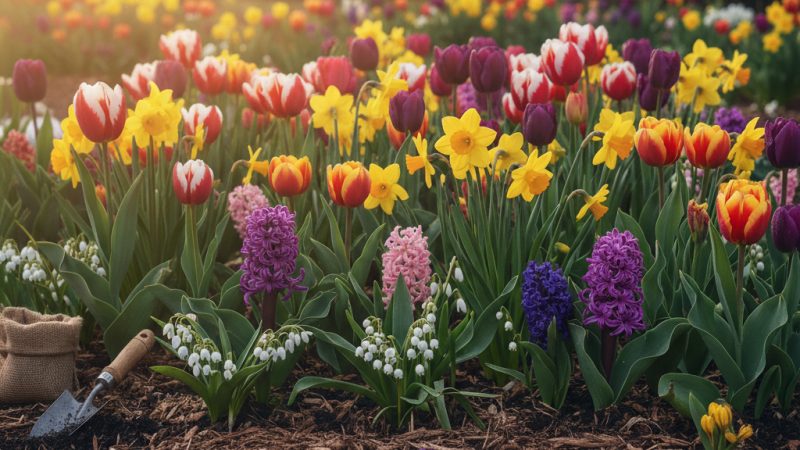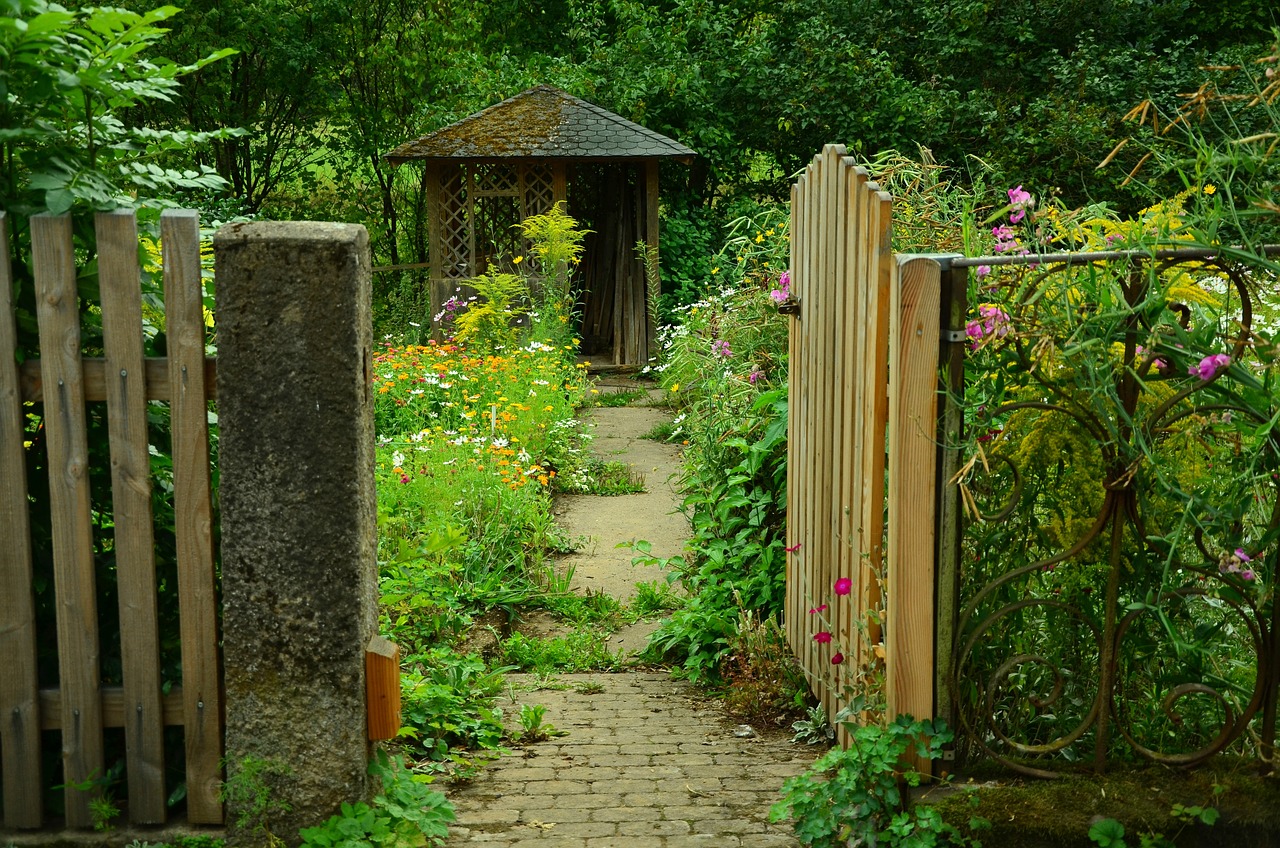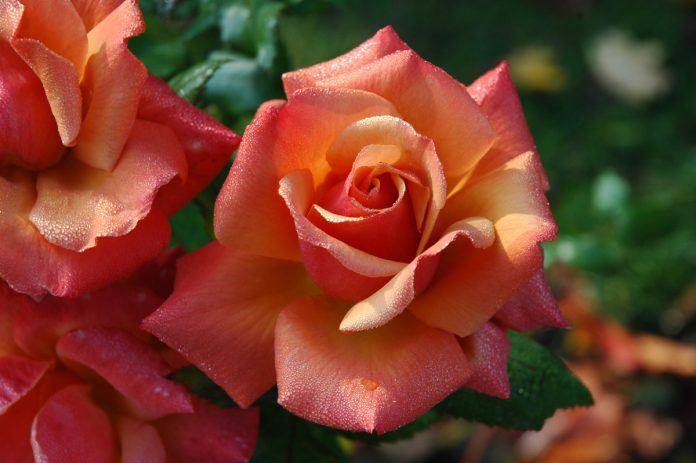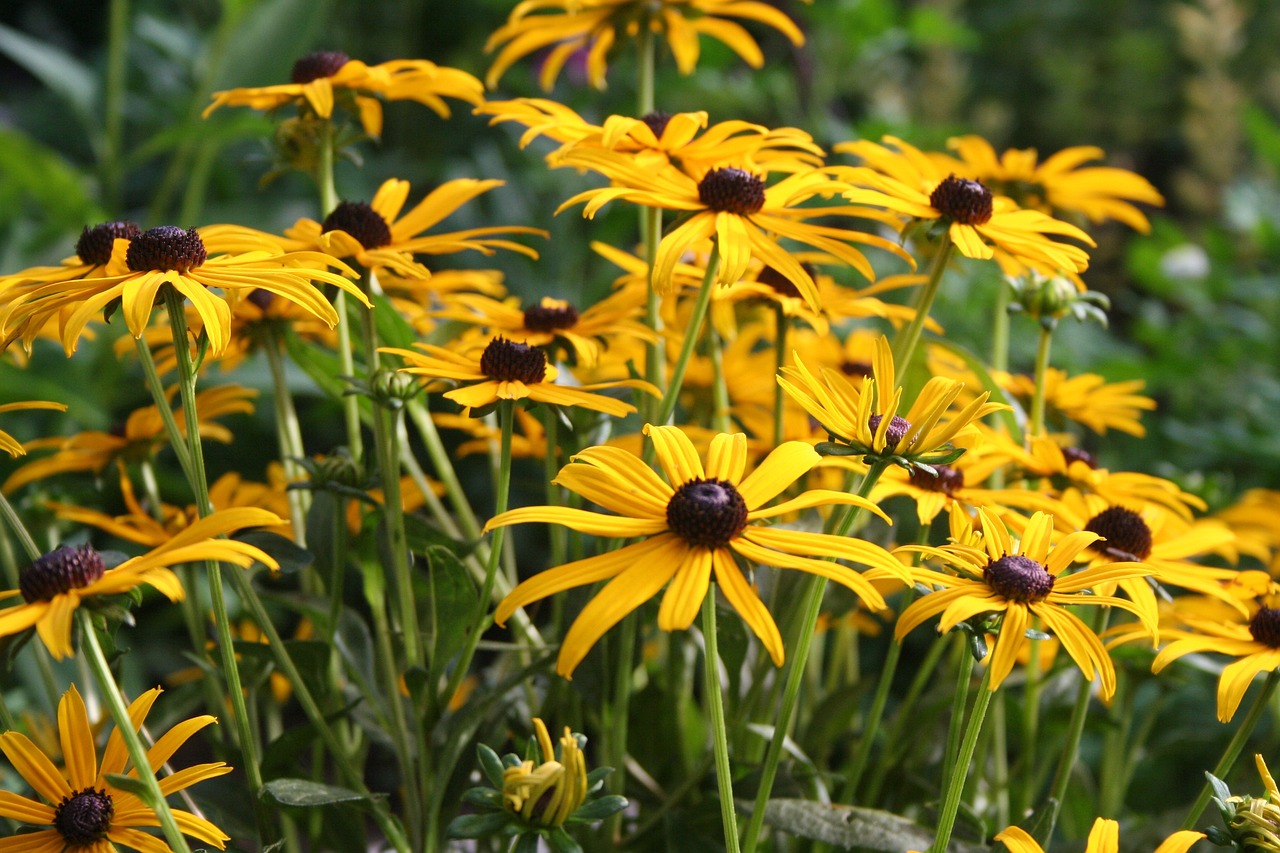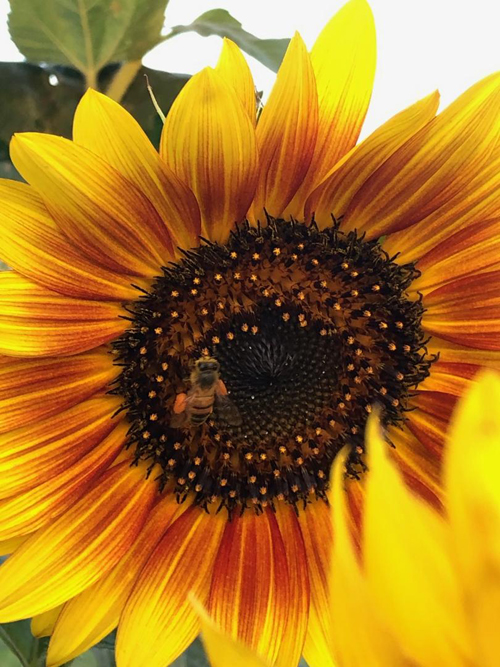Butterfly House in The Flower Garden
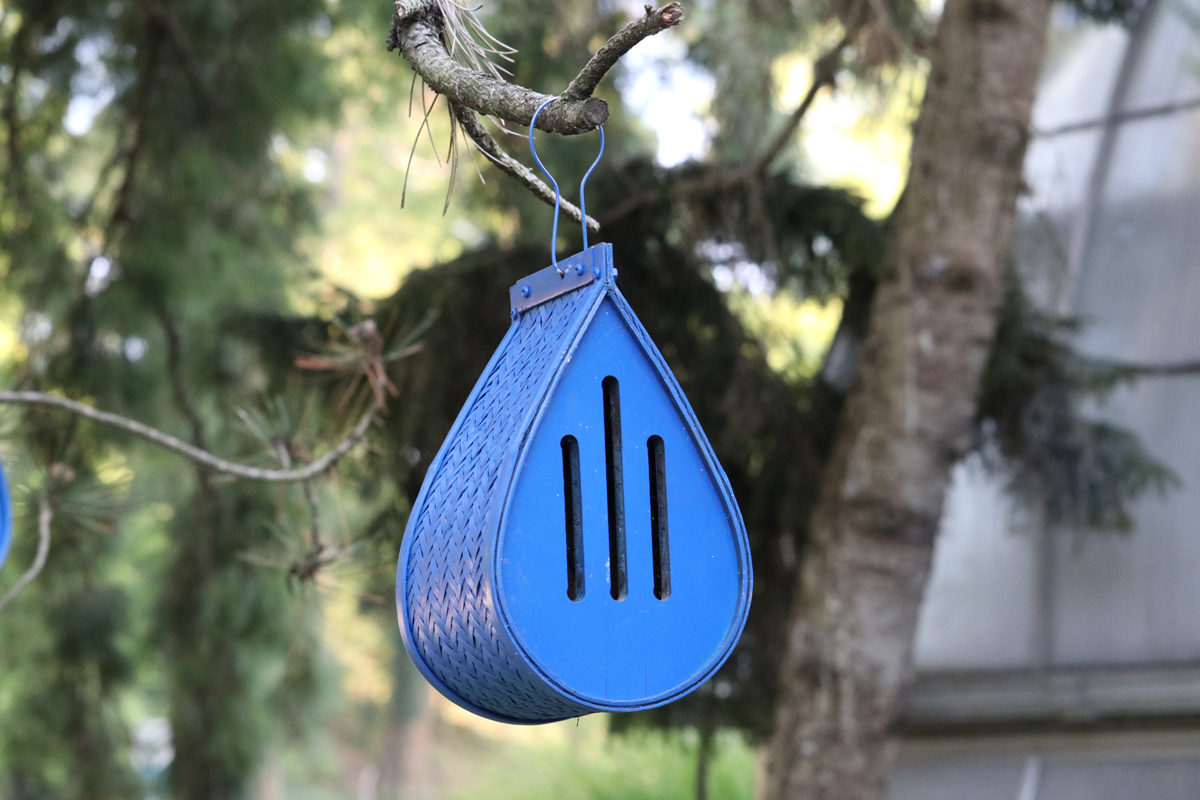
Whenever you decide to look for a butterfly house for your flower garden, you first have to determine what it is you actually want. A search for butterfly houses will yield two different types. There is the type of butterfly house that contains butterflies and their nectar plants. These type of butterfly houses are actually structures created for the specific reason of providing a safe and enclosed space in which to study the butterflies.
It can vary from a playpen-size for individual study to a medium-sized net-drapped area to large green house-like structure for scientists’ study. We even have large enclosures open for public viewing, education and delight. If you find this a delightful prospect to walk in a large “cage” with hundreds of butterflies surrounding you, consult your local museums and zoos for information. This being the information age, check online too.
As part of your children’s, or your own, education, you may wish to raise some butterflies from caterpillar in a small butterfly house. Live butterfly kits are readily available and come with all you need to raise the caterpillar to a butterfly, usually a Painted Lady. Of course you may be able to collect the eggs from your own garden and raise them in your own home for your education and enjoyment. Please find a proper resource to guide you in this prospect if you should choose to do so.
You may also wish to create your own butterfly house of this type in your own flower garden. This can be done by means of mosquito netting drapped over an easily portable structure such as a light weight greenhouse structure or some type of tall stakes. Just surround whatever flowers are providing the nectar source at the present time. Don’t forget the small puddles as water sources for the butterflies, too.
The second type of butterfly house is actually a hibernation box. It is usually a tall, 6 inch diameter box mounted on a post which is then set into your garden.
The front of the box has half inch slots through which the butterflies can enter the house. The front also swings open to allow you to place some twigs or, preferably, some rough bark within the house. This allows the butterflies a good gripping surface.
Place the box near some host plants for the type of butterflies in your area. This will provide incentive for the butterflies to lay eggs on the host plants in your flower garden in the spring.
The top of the butterfly house may be opened so you may observe the hibernating butterflies and record the numbers and types of your hibernating guests. If you are very lucky, on a warm winter’s day, one of your guest may actually step out of the butterfly house. If this occurs, sugar water or home-grown flowers may keep it occupied until the day starts to cool. At which time, the butterfly will make its way back into the butterfly house in your flower garden.
© 2005, Sandra Dinkins-Wilson
The Author:

